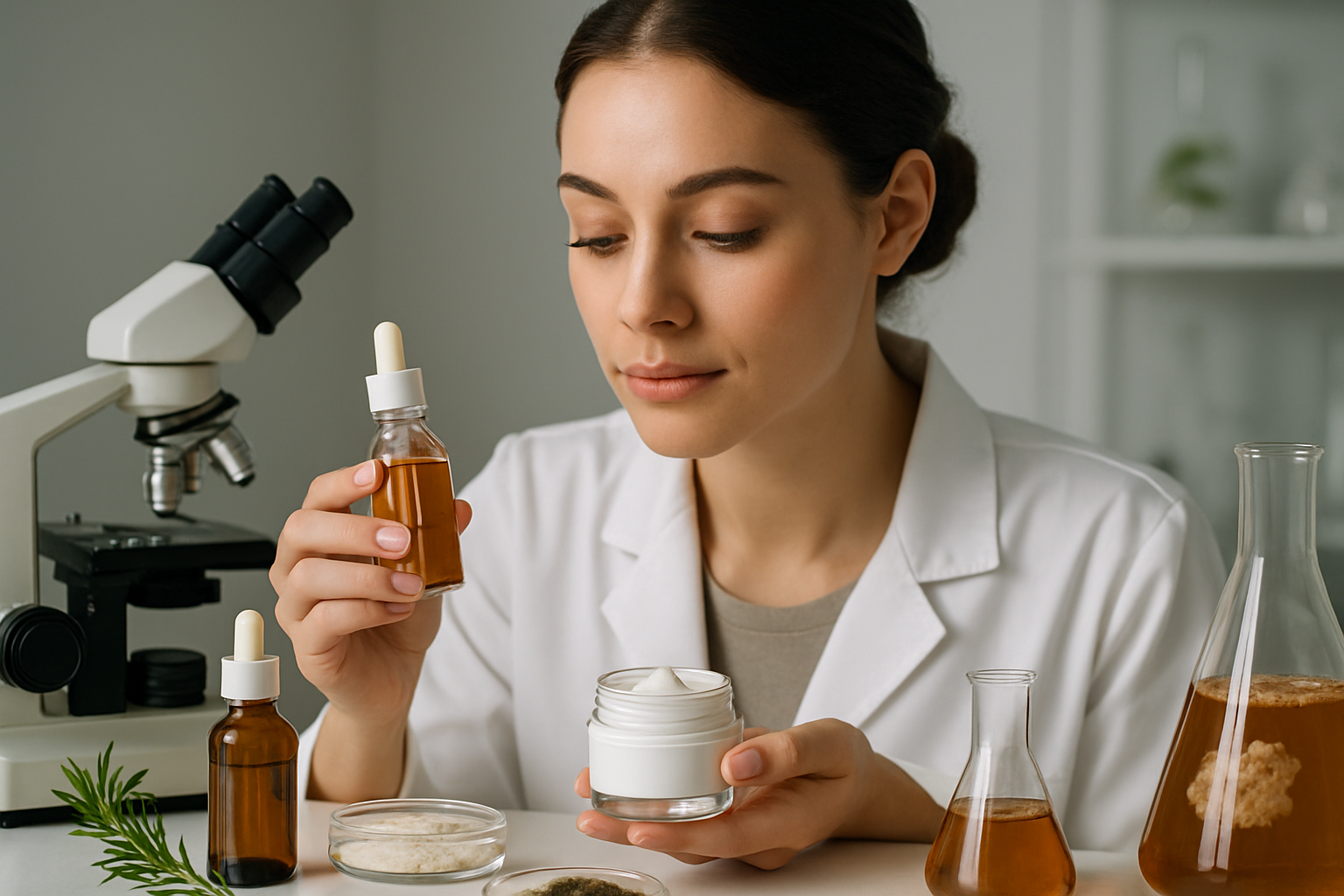The Artistry and Science of Skincare Formulation
Skincare formulation is a fascinating intersection of chemistry, biology, and aesthetics. It's a field that combines scientific rigor with creative problem-solving to produce products that not only improve skin health but also delight the senses. The process of developing skincare products involves a deep understanding of skin physiology, ingredient interactions, and consumer preferences. Formulators must navigate a complex landscape of regulations, market trends, and scientific advancements to create safe, effective, and appealing products. This intricate balance of art and science has evolved significantly over the years, driven by technological innovations and changing consumer demands.

The Role of Active Ingredients
Active ingredients are the powerhouses of skincare products, responsible for delivering specific benefits to the skin. These can range from antioxidants like vitamin C and retinoids to hydrating agents like hyaluronic acid. Formulators must carefully select and combine active ingredients to maximize their efficacy while minimizing potential irritation. This often involves extensive research into ingredient synergies and optimal concentrations.
Texture and Sensory Experience
While efficacy is crucial, the sensory aspects of skincare products are equally important. Formulators must create textures that are pleasant to apply and absorb well into the skin. This involves selecting the right combination of emollients, humectants, and occlusives to achieve the desired feel. The fragrance, or lack thereof, is another critical consideration that can significantly impact a product’s success.
Preservation and Stability
Ensuring product safety and longevity is a key aspect of skincare formulation. Preservatives are essential to prevent microbial growth, but formulators must balance their effectiveness with potential skin sensitivities. Additionally, they must consider how ingredients might degrade over time and develop packaging solutions that maintain product integrity throughout its shelf life.
Natural and Clean Beauty Trends
The rise of natural and clean beauty has presented both challenges and opportunities for skincare formulators. There’s increasing demand for products with naturally-derived ingredients and minimal synthetic additives. This trend has spurred innovation in green chemistry and the development of new, plant-based active ingredients. Formulators must navigate the complexities of creating effective, stable products while adhering to clean beauty standards.
Regulatory Compliance and Safety Testing
Skincare products are subject to stringent regulations that vary by region. Formulators must ensure their products comply with these regulations, which often involves extensive safety testing and documentation. This includes stability testing, microbial challenge tests, and human patch tests to assess potential allergic reactions.
Customization and Personalization
The trend towards personalized skincare has introduced new challenges in formulation. Brands are increasingly offering customized products tailored to individual skin types and concerns. This requires formulators to develop flexible base formulations that can be easily adapted with different active ingredients or concentrations.
Sustainability in Formulation
Environmental concerns are driving changes in skincare formulation. Formulators are exploring ways to reduce water usage, develop biodegradable formulas, and source sustainable ingredients. This includes innovations in waterless beauty products and the use of upcycled ingredients from food industry byproducts.
The Future of Skincare Formulation
As technology advances, the field of skincare formulation continues to evolve. Emerging areas include the use of AI in predicting ingredient interactions and formulation outcomes, the development of microbiome-friendly products, and the integration of biotechnology to create novel active ingredients. These innovations promise to further blur the lines between skincare and cutting-edge science, offering exciting possibilities for the future of beauty products.




